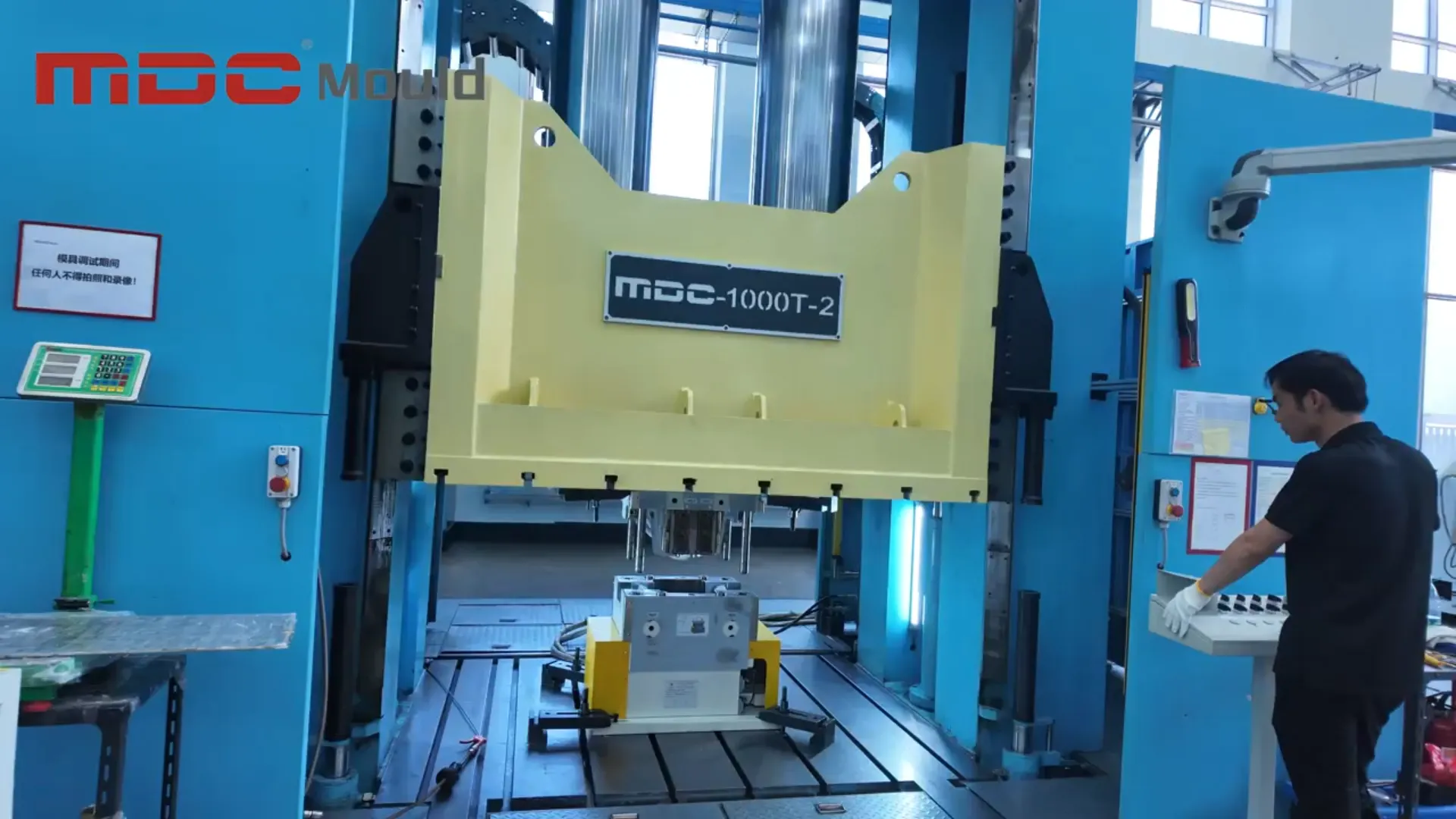
Specialize in Compression molds

Specialize in Compression molds
Metallography and heat treatment are essential for ensuring the quality, durability, and performance of molds in advanced manufacturing. In particular, compression molds and composite molds rely heavily on precise metallographic analysis and optimized heat treatment processes to withstand harsh working conditions while maintaining dimensional accuracy.
Metallography examines the microstructure of mold materials, while heat treatment enhances mechanical properties such as hardness, toughness, and dimensional stability. Both are indispensable for mold manufacturing and directly impact production efficiency and product quality.
For industries such as automotive, aerospace, and electronics, where compression molds and composite molds are widely applied, combining metallography with effective heat treatment is critical for reducing maintenance costs and extending mold lifespan.
Metallography ensures that compression molds possess uniform grain structures to endure repeated pressurization, while composite molds benefit from microstructural verification that guarantees corrosion and thermal fatigue resistance.

Heat treatment enhances mold material properties, aiming to:
Compression molds are widely used for thermoset and thermoplastic composite components. Metallography ensures material uniformity, while heat treatment improves toughness and wear resistance. The combination extends mold lifespan, reduces downtime, and enhances product consistency.
Composite molds must withstand high curing temperatures and chemical reactions from resin systems. Metallographic analysis verifies corrosion resistance, while vacuum and nitriding heat treatments enhance dimensional accuracy and long-term durability.
Industries such as aerospace and automotive increasingly rely on composite molds optimized through advanced metallography and heat treatment, ensuring reliable and lightweight component production.
Metallography and heat treatment of molds are critical for producing reliable compression molds and composite molds. By integrating microstructural analysis with optimized thermal processes, manufacturers can extend mold life, ensure precision, and achieve higher cost efficiency. In today’s competitive landscape, these technologies provide a strong foundation for innovation in mold manufacturing and advanced material applications.
Contact US
Email: master@zjmdc.com
Tel: +86 576 84616076
Fax: +86 576 84616079
Mobile: +86 13906573507(Mr. Wang)
Address: No.116 mochuang road, Huangyan Xinqian street,Taizhou,Zhejiang,China